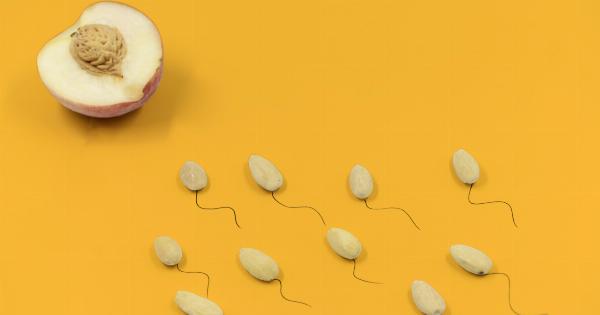For couples who are trying to conceive, the lifespan of sperm is an important factor to consider. Sperm are the male reproductive cells that are required for fertilization to occur.
Understanding how long sperm can survive outside the body, as well as within the female reproductive system, can help individuals make informed decisions about their fertility and family planning.
Sperm Production and Maturation
Sperm production begins at puberty in males and continues throughout their lifetime. Sperm are produced in the testicles, where immature cells divide and mature into sperm.
The maturation process takes about 72 days, after which fully formed sperm are released into the epididymis, a coiled tube attached to the back of each testicle.
Sperm Anatomy
Sperm are small, motile cells that consist of a head, mid-piece, and tail. The head contains the genetic material (DNA) and is covered by an acrosome, which is an enzyme-containing cap that helps the sperm penetrate the egg during fertilization.
The mid-piece contains mitochondria that produce the energy required for the sperm to move. The tail, also known as the flagellum, propels the sperm forward.
Sperm Count and Motility
The number and motility (movement) of sperm are important factors in male fertility. A healthy male produces millions of sperm per day, and a single ejaculation can contain up to 400 million sperm. However, not all sperm are created equal.
A sperm count of less than 15 million per milliliter of semen is considered low, and can decrease the chances of conception. Poor sperm motility can also hinder fertility, as the sperm may not be able to navigate through the female reproductive system to reach the egg.
Sperm Lifespan Outside the Body
Once sperm are released from the body, they begin to die off. The lifespan of sperm outside the body depends on factors such as temperature, humidity, and the presence of chemicals or contaminants.
Sperm exposed to air for more than a few minutes usually die quickly.
Sperm Lifespan Within the Female Reproductive System
When sperm are released inside the female reproductive system, they can survive for varying amounts of time depending on the conditions.
The lifespan of sperm within the female reproductive system is influenced by factors such as cervical mucus, acidity, and the presence of immune cells that attack foreign substances.
Sperm can survive for up to five days inside the female reproductive system, depending on the conditions. For example, if cervical mucus is fertile and provides a safe environment for the sperm, they may be able to survive for several days.
Fertility and Timing of Intercourse
Knowing the lifespan of sperm is important when trying to conceive. Intercourse should be timed to coincide with the release of a mature egg from the ovary (ovulation).
Sperm can survive for up to five days in the female reproductive system, so having intercourse in the days leading up to ovulation can increase the chances of conception.
Factors That Affect Male Fertility
In addition to sperm count and motility, there are other factors that can impact male fertility. These factors include:.
- Age – fertility declines with age in males as well as females
- Smoking – smoking can damage sperm and decrease fertility
- Alcohol and drug use – excessive alcohol and drug use can impair fertility
- Medical conditions – certain medical conditions, such as diabetes and high blood pressure, can impact male fertility
- Medications – some medications can interfere with male fertility
Conclusion
The lifespan of sperm is an important factor when trying to conceive. Sperm can survive for up to five days in the female reproductive system, and the timing of intercourse can impact the chances of conception.
Couples who are trying to conceive should consider factors such as male fertility, ovulation timing, and lifestyle habits.





























